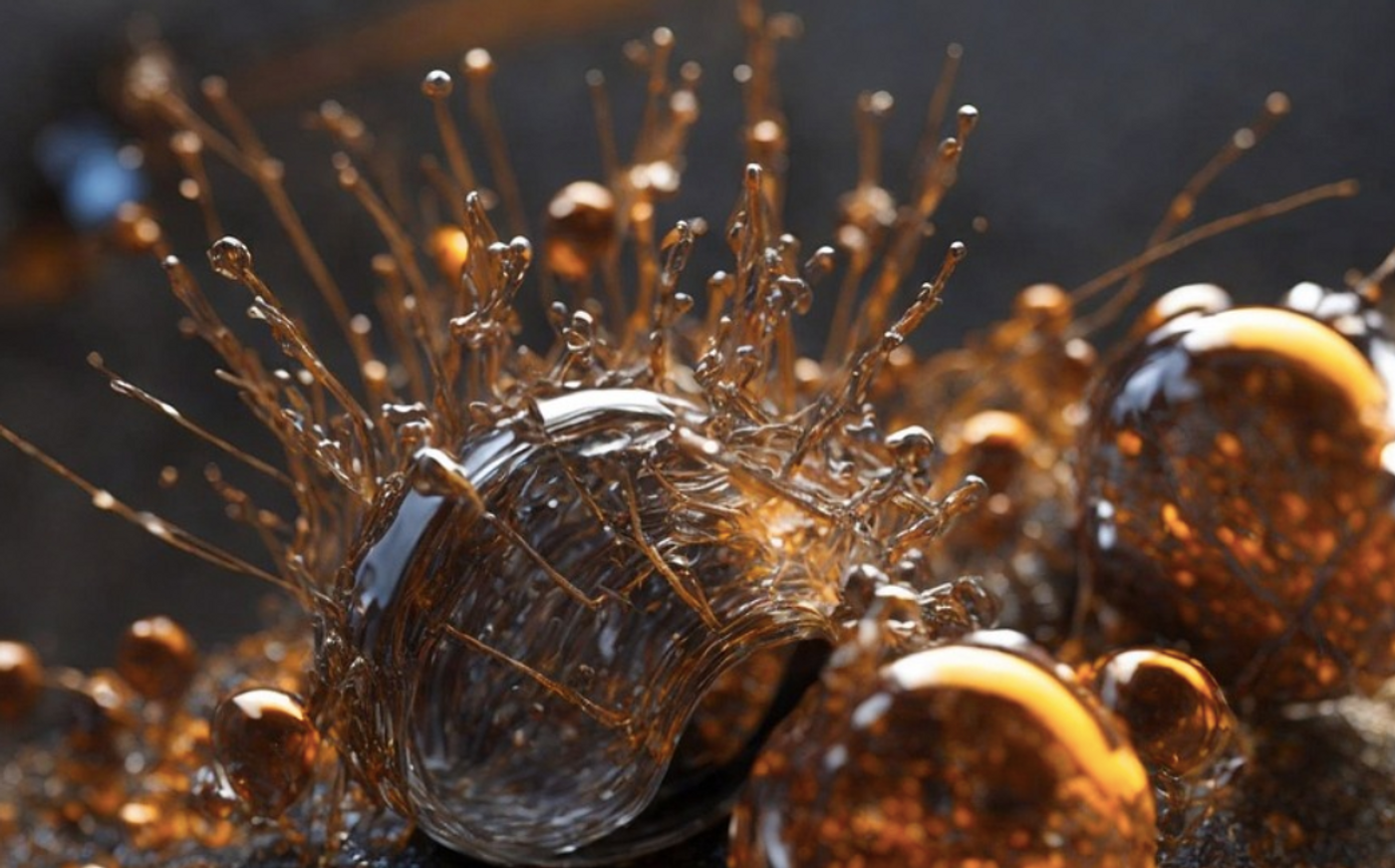How Bacterial Predators Recognize Their Prey
Some bacterial cells can prey on others, and launch attacks on target cells. So without eyes, ears, or a brain, how do these predatory bacteria identify their prey? Researches may have finally found an answer to this old question. This work, which was reported in Nature Microbiology, has shown that the predator cell Bdellovibrio bacterivorous can generate proteins on its surface, which act like fibers that ensnare prey. This research may help scientists utilize these predatory cells to destroy pathogenic microbes that can wreak havoc in healthcare settings, food production, and the environment.
It's been known since the 1960s that Bdellovibrio bacterivorous can hunt down and kill other bacteria, which they do by moving into their targets, then consuming their insides until the predators burst out. But what scientists did not know was how Bdellovibrio firmly attached to their targets, which seem to consist of many varied cells, noted study co-author and Professor Andrew Lovering of the University of Birmingham.
Study co-author Asmaa Al-Bayati, a graduate student in the lab of Professor Liz Sockett at the University of Nottingham, determined that Bdellovibrio uses vesicles, bits of membrane that are pinched off to form sacs, when it's invading its prey.
Sockett explained that these vesicles generate a hole that allows Bdellovibrio to enter the prey cell. In a first, the scientists were able to isolate these vesicles from dead prey cells. The investigators analyzed the contents of these predatory vesicles and found that Bdellovibrio uses a range of recognition molecules on its surface, since it has no idea which of its prey it may encounter.
Further study showed that the molecules in Bdellovibrio vesicles can form long fibers which are up to ten times as long as common globular proteins. Thus, Bdellovibrio predators can feel around for their prey, which may be some distance away. In all, the investigators found 21 different kinds of fibers.
The scientists wanted to find which fibers matched with which prey cells, because this information could enable researchers to engineer predators to target specific bacterial cells. But this was a challenging endeavor.
"However, on the fifth attempt to find the partners we discovered a chemical signature on the outside of prey bacteria that was a tight fit to the fiber tip. This is the first time a feature of Bdellovibrio has been matched to prey selection," noted Lovering.
"We know that these bacteria can be helpful, and by fully understanding how they operate and find their prey, it opens up a world of new discoveries and possibilities," Lovering concluded.
Sources: University of Birmingham, Nature Microbiology









